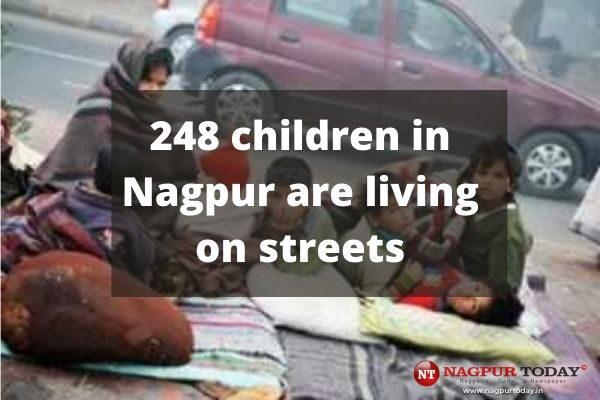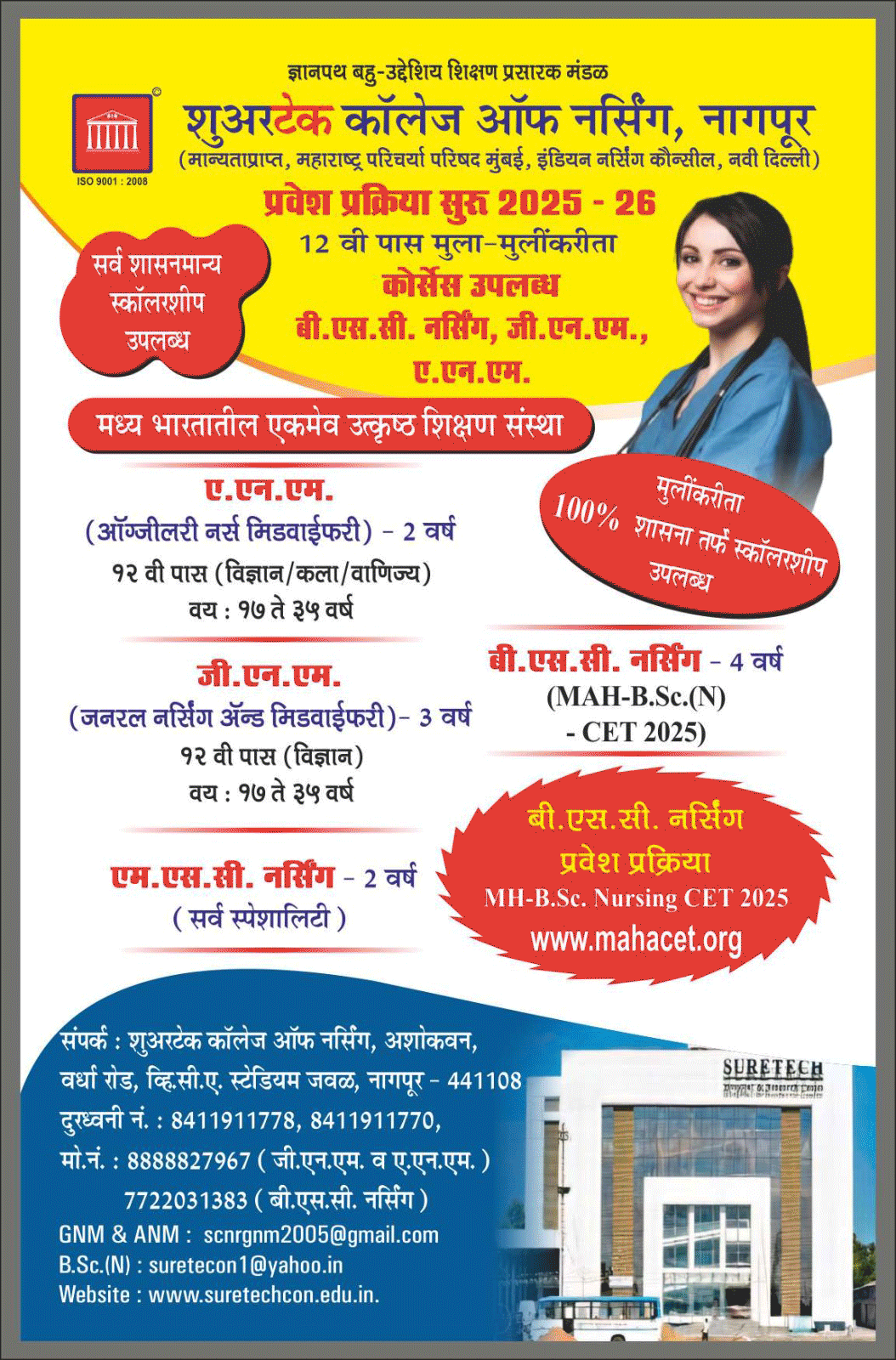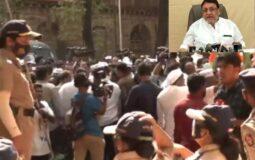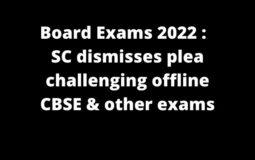
Nagpur: Sum of 248 children living on the streets or ‘Children in Street Situation’ (CiSS), revealed the data tabled by the District Child and Women Development office. While no one is being found orphaned; all live with their family on the streets, informed District Child and Women Development Officer Aparna Kolhe.
It is pertinent to mention that, the National Commission for the Protection of Children’s Rights (NCPCR) has recently submitted affidavit in Supreme Court (SC) that states total 17,914 children are living under CiSS across the country with Maharashtra logging highest numbers of street children at 4,952.
CiSS has three categories viz Children living on the streets with their families, children living on the streets alone and, children who live on the street during the day but eventually go back to families living in slums, Kolhe elaborated.
“The Social Investigation report, in this regard, is underway. All these children have been found enrolled with some schools. However, the shifting of online teaching mode must have taken a toll on their education. Soon these children will be presented in front of the Child Welfare Committee,” Kolhe mentioned.
As per NCPCR’s affidavit 17,914 children live on the streets currently, out of which 9,530 reside on roads with respective families and 834 live alone. While 7,550 children live on streets through the day and head to families/relatives during the night, 10,359 children are boys and 7,554 are girls, the NCPCR told the apex court.
The data revealed the shocking revelation that Maharashtra has the maximum number of street children at 4,952, followed by Gujarat at 1,990, Tamil Nadu at 1,703, Delhi at 1,653 and Madhya Pradesh at 1,492. Notably, Uttar Pradesh has the highest count of children living alone on the streets at 270.
While stating that street children are commonly found in religious places, traffic signals, industrial areas, railway stations and bus stations and tourist spots, the body identified 51 religious locations across 17 states where child beggary, labour and even child exploitation and abuse are ‘more prevalent’. The NCPCR stated that an audit of the aforementioned locations has already begun and a study of 27 religious spots has concluded.
– Shubham Nagdeve














